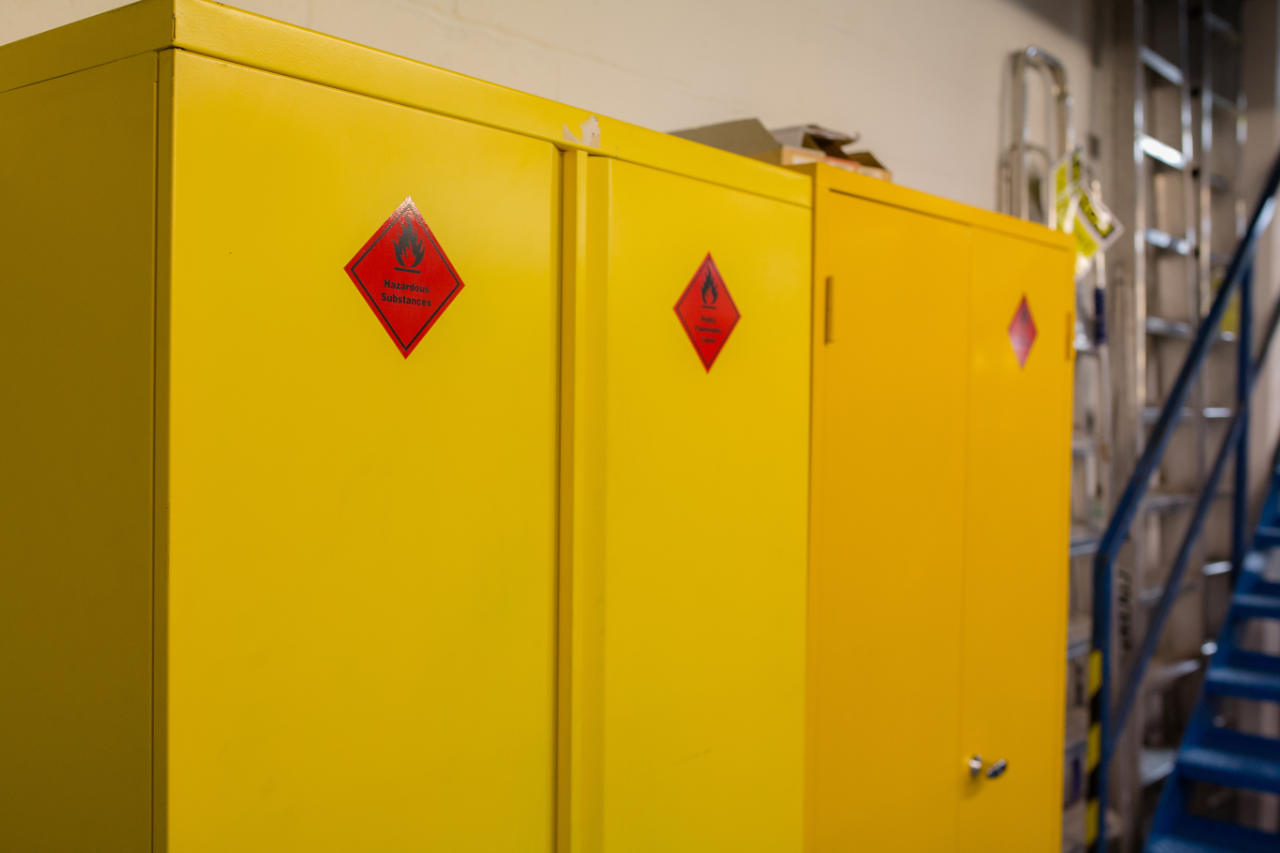
In the UK, there are around 22,000 workplace fires each year. Sparks can turn into flames, rapidly spreading throughout the workplace in as little as 30 seconds. The ramifications of workplace fires for organisations are enormous, so identifying risks and implementing prevention strategies are key.
Failing to address workplace fire safety or implement effective fire safety practices can put employees and others at risk, affect business continuity, cause property damage and potentially open organisations up to legal claims and damages if not compliant with fire safety regulations.
There are different regulations in place across the UK, including:
- The Regulatory Reform (Fire Safety) Order 2005 for England and Wales.
- Part 3 of the Fire (Scotland) Act 2005, supported by the Fire Safety (Scotland) Regulations 2006 for Scotland.
- The Fire and Rescue Services (Northern Ireland) Order 2006.
Our guide highlights the most common causes of workplace fires and the steps employers can take to mitigate the risks.
Read our guide on fire safety in the workplace.
Most common causes of fire in the workplace
Electrical faults
Electrical faults are one of the most common causes of workplace fires.
Some of the causes include:
- Overloading – electrical equipment overloaded caused by plugging numerous devices into one single circuit can result in overheating and potentially induce sparks.
- Frayed wires – electrical wires that have been damaged could create short circuits, which is a risk of igniting nearby materials.
- Employee misuse – employees misusing electrical goods, such as using the wrong charger to power workstations, can result in a fire hazard if the charger voltage is incompatible with the device.
- Modern-day compliance – it’s essential to consider the age and legality of electrical goods; they must be checked regularly to ensure they are still compliant with regulations. Workplaces could have expired or degraded electrical goods and components that may have become more prone to failure over time and potentially risk an electrical blaze.
Heating equipment
Portable heaters and boilers can overheat.
If such equipment is improperly maintained, it can become a fire hazard. If heating equipment isn’t effectively cleaned, it risks gathering dirt and dust, adding to its flammability risk. It’s important to note that a fire could also start if combustible materials such as paper and cardboard are stored too close to active heat sources.
Combustible dust
If workplaces lack sufficient ventilation and inadequate cleaning, there’s a risk of dust clouds accumulating that can gather throughout the building.
Dust can be created from wood, coal, certain chemical solvents, granular materials and agricultural settings, to name a few. Such dust clouds can be ignited by sparks, potentially resulting in explosive ignition and combustion that can spread through a workplace. As well as subsequent fire risks to health, explosive incidents can also cause harm to employees, others, equipment and building fabric.
Waste
Typical workplace waste can comprise flammable materials such as cardboard, paper and plastic packaging.
Potential sparks or ignition sources could ignite such materials and start combustion if waste isn’t adequately stored and disposed of. For example, an employee smoking area close to waste bins and disposal areas could result in heat from a discarded cigarette catching on to nearby rubbish.
Human error
Workplace human error can lead to a fire breaking out. This could be due to the following:
- Inadequate handling of chemicals and solvents resulting in leaks and spillages of flammable chemicals.
- Failing to turn off electronic machinery before the end of the day; not switching off things like chargers, heating equipment, and plant can increase the chances of a fire starting.
- Improper use of appliances, such as workers placing coats or materials over electrical heaters.
- Lack of communication and necessary training, with fires potentially caused by human error, can result from a lack of clear guidelines and fire safety policies.
Find out more about Praxis42 fire safety training.
Cooking
Workplace canteens, cafes, and restaurants can potentially be a fire hazard.
Inefficient cooking practices and the cleaning regime, particularly canopies and ductwork, can be a fire hazard, and catering industry employees need to be sufficiently trained in fire safety. Potential fire hazards associated with cooking can be caused by leaving fryers or stoves unattended or not correctly washing worktops, where highly flammable grease from cooking oil and fat can build up.
Mechanical friction
Friction from machinery and equipment can generate heat and cause a fire.
Off-centre conveyor systems, or those overloaded or worn down, can create friction and potentially become a fire hazard, for example. Moving machinery or machinery parts can also create friction, especially those with unmaintained brakes and clutches.

Read our guide to fire safety regulations and compliance.
Fire prevention strategies
Fire risk assessments
Organisations need a robust system that allows them to frequently identify and evaluate potential fire hazards within the workplace. Once done, employers must take sufficient steps and practices to minimise the risks of such threats.
Read out the guide on the importance of running fire assessment risks.
Fire safety equipment
Employers must ensure they have working smoke detectors. Fire alarms, and sprinkler systems throughout the buildings are also recommended in many premises. Fire safety equipment such as smoke alarms and fire alarms can detect fires early and reduce the risk to employees and the building. Such alarms need to be regularly checked and maintained. Fire extinguishers and exit doors should also be allocated at appropriate organisational locations.
Read our guide on the different types of fire extinguishers and how to use them.
Employee training
Sufficient training highlights how human error (misuse of equipment, smoking in undesignated areas or failing to switch off devices, for example) can result in a fire. Employees – including contractors, managers, supervisors, volunteers, part-time, permanent and temporary employees and others – throughout an organisation need to be trained on the proper handling and storage procedures of flammable chemicals and various other common causes of workplace fires and what to do if a fire should occur.
Efficient fire safety training should be completed by all employees as soon as they start working at the organisation.
Developed by experienced fire safety consultants, Praxis42 Fire Safety Training gives employees professional and in-depth training on preventing workplace fires and safe evacuating procedures, which comply with the Regular Reform (Fire Safety) Order 2005 (RRFSO) and The Fire Safety (Scotland) Regulations 2006.
Emergency plans
Employees need to know the correct protocols to follow when responding to fire hazards.
This comprises:
- Undergoing evacuation drills.
- Understanding the company’s Emergency Evacuation Plan.
- Accessing fire exits.
- Using fire safety equipment.
- Calling the emergency services.
- Reporting fire hazards to the appropriate people within the organisation.
Regular maintenance
Regular maintenance should be conducted to prevent fires from occurring.

This includes:
- A thorough inspection of electrical equipment to ensure they’re in good working order.
- Frequent checks on smoke alarm systems to make sure they are always active.
- Inspections on the safe storage of flammable materials and chemicals to ensure they are stored securely.
- Regular service on machinery, particularly those with brakes and friction.
- Ensuring all electronic appliances and in line with safety regulations.
- Thorough and frequent cleaning is conducted to reduce the build-up of dust.
- Workers receive regular and up-to-date training, including refresher courses (remember training should be more often if organisations have a high staff turnover).
Find out more about Praxis42’s fire safety training.





